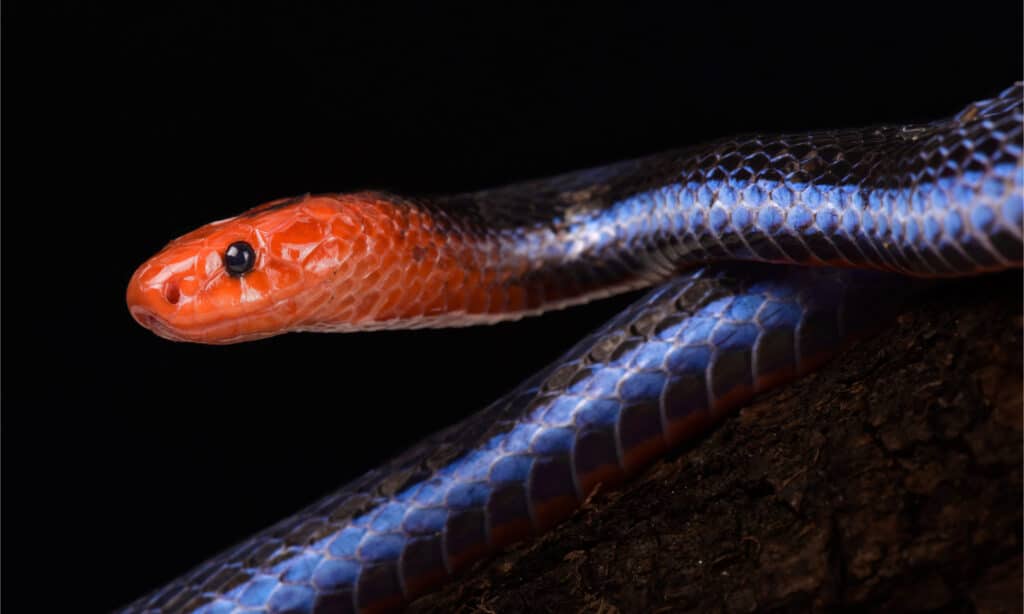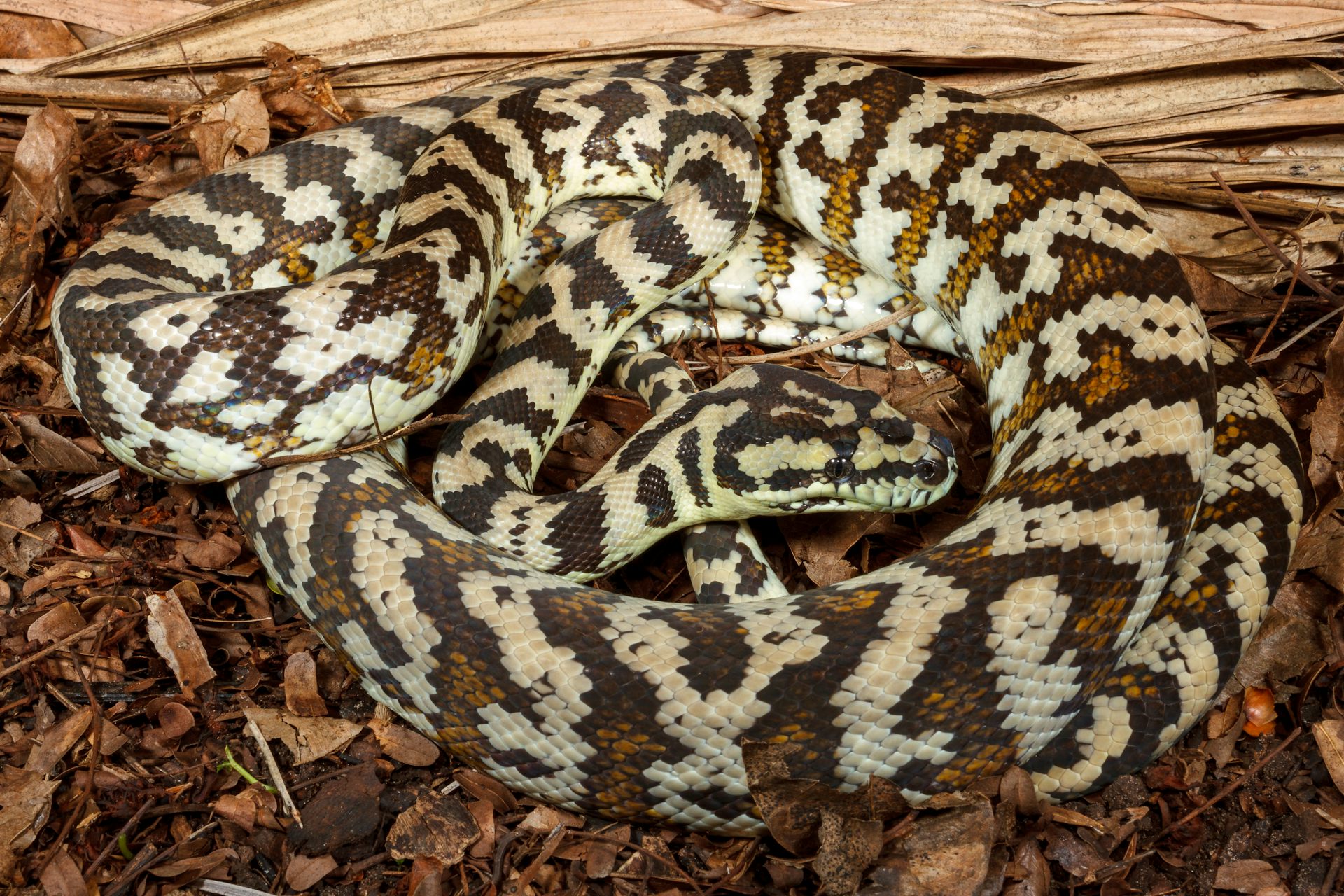Introduction
When it involves venomous serpents, Australia is home to a few of one of the most fascinating and harmful varieties in the world. Among these, the Tiger Snake sticks out not just for its powerful poison but also for its fascinating habits. Comprehending the habits of venomous serpents like the Tiger Serpent is vital for both wild animals fanatics and those residing in areas where these snakes exist. This short article explores numerous aspects of Tiger Serpent behavior, environment, identification, safety measures, and first aid practices in situation of a serpent bite.
Understanding the Behavior of Venomous Snakes Like the Tiger Snake
The Tiger Snake, clinically called Notechis scutatus, is infamous for its hostile nature when endangered. These snakes display a variety of behaviors eastern small eyed snake venom that can be fairly various from their non-venomous equivalents.
Characteristics of Tiger Snakes
The Tiger Snake is easily well-known because of its distinct bands or red stripes that appear like a tiger's markings. They can differ in shade from yellowish-brown to dark olive or black. This pigmentation serves not just as camouflage yet additionally as a caution signal to potential predators.
Adaptability to Environment
One remarkable Habitat locations of Australia’s most venomous snakes element of their behavior Best first aid practices for Australian snakebites is their adaptability to various environments. Found mainly in coastal areas, marshes, and marshes throughout Australia and Tasmania, they can flourish in varied environments consisting of urban locations.
Hunting Techniques
Tiger Serpents are ambush predators mainly feeding on fish, frogs, and little animals. They possess keen eyesight and an intense sense of smell which assists them in locating victim effectively.

Venom Composition
Their venom contains neurotoxins that impact the nervous system, leading to paralysis or fatality in smaller sized animals. For humans, prompt medical interest is important after a tiger serpent bite due to its possibly dangerous effects.
Natural Habitat of Tiger Snakes
Preferred Locations
Understanding where these serpents live clarify their behavioral patterns. The tiger serpent habitat includes:
- Coastal regions Swamps Grasslands Urban areas with abundant water sources
Seasonal Movements
During warmer months, Tiger Snakes are a lot more active as they indulge in sunlight or quest for food. In contrast, chillier months see them pulling back right into hibernation sites.
Are Tiger Snakes Venomous?
Yes! The concern "are tiger serpents venomous?" often develops among those unfamiliar with this types. Their venom is taken into consideration among the most dangerous among all serpent varieties worldwide.
Symptoms of a Tiger Serpent Bite
If bitten by a tiger snake, signs and symptoms might include:
- Localized pain Swelling at the bite site Nausea and vomiting Sweating and confusion
Immediate medical aid is important as unattended attacks can bring about severe health and wellness difficulties and even death.
First Help for Snake Bites: Quick Reaction Guide
Knowing how to provide emergency treatment for a snake bite could conserve someone's life. Below's what you ought to do:
Step 1: Remain Calm
Keeping tranquility aids reduce heart rate which lowers poison spread.
Step 2: Paralyze the Influenced Area
Keep the impacted arm or leg still and below heart level if possible.

Step 3: Call Emergency Situation Services
Always seek expert medical assistance immediately after a snake bite.
First Help for Serpent Bite Package Essentials
A fully equipped snake bite first aid kit should consist of:
- A compression bandage Antiseptic wipes A set of scissors A cold pack
Safety Preventative measures: Stopping Serpent Bites in Australia
Awareness Programs
Educating communities about local serpent types and their behaviors can significantly reduce encounters bring about bites.
Avoiding Unsafe Areas
Staying far from lengthy grass throughout warmer months decreases contact with serpents that could be relaxing or hunting.
Common False impressions About Tiger Snakes
Many individuals believe misconceptions concerning the actions of tiger snakes result in unnecessary anxiety. Here are some information:
Myth 1: All Tigers Are Aggressive
Not all tiger serpents will display aggressiveness if left uninterrupted; many favor getting away instead of confrontation.

Myth 2: They Chase Humans
Tiger serpents do not actively go after people; they might strike when they feel intimidated however will usually retreat if provided space.
Conservation Initiatives Related to Poisonous Snakes
Conservation efforts concentrate on enlightening neighborhoods regarding securing regional wildlife while decreasing human-snake interactions.
Importance of Ecosystems
Understanding that venomous snakes play a vital role in maintaining eco-friendly balance helps foster appreciation instead of fear in the direction of them.
FAQs About Tiger Snakes
What needs to I do if I experience a tiger snake?- Maintain distance and gradually retreat without unexpected movements.
- While bites aren't incredibly typical as a result of awareness initiatives, they still happen each year within Australia.
- Baby tiger snakes can deliver complete doses of venom in spite of being smaller; for this reason care is suggested around them.
- They primarily consume frogs, fish, small mammals like rodents, and other reptiles.
- It's prohibited in the majority of territories without correct licensing because of security worries concerning their venom.
- Wear durable boots and stay on marked trails; appearance prior to positioning hands or feet right into concealed areas like rocks or logs.
Conclusion
Understanding the habits of poisonous snakes like the Tiger Serpent not just enhances our expertise however also promotes safety awareness among those living near their habitats. From recognizing their qualities, comprehending emergency treatment procedures adhering to a bite, via involving preservation initiatives-- every element plays a crucial duty in promoting coexistence with these interesting reptiles while appreciating their area within our ecosystem.
As we deepen our understanding through education and experience, we contribute positively towards making sure both human safety and security and wildlife conservation-- benefitting all celebrations involved!